Developing Dhaka: Inside the real estate markets of Mohammadpur, Basila, and Lalmatia
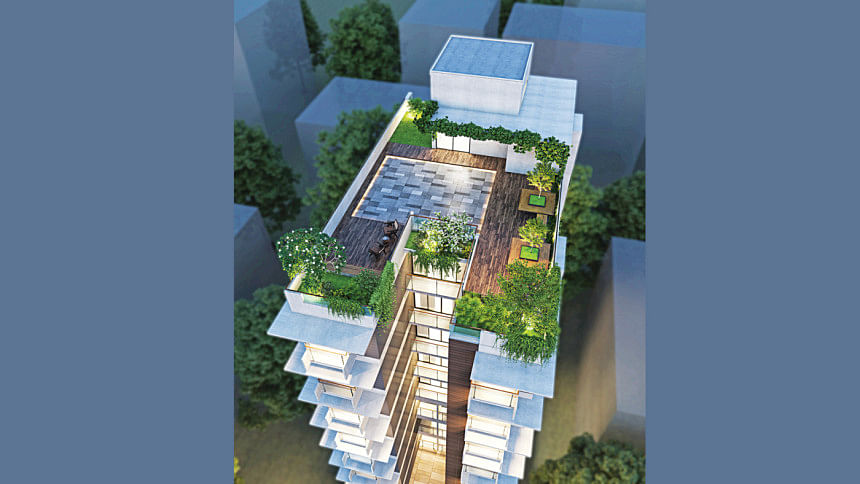
Dhaka's real estate story isn't just a tale of square feet and glass facades. It's a patchwork of ambition, speculation, nostalgia, and necessity – playing out differently in each neighbourhood. Mohammadpur, Basila, and Lalmatia, three adjacent but strikingly different zones, are microcosms of this unfolding drama. While one preserves heritage with a facelift, another is still trying to shake off its semi-rural cloak. Meanwhile, the third stands at a development crossroads pulled between two identities.
Let's look past the billboards and unpack the real market pulse in each, with insights from the people who've helped shape it.
Mohammadpur: The old middle-class stronghold, recalibrating
There's something about Mohammadpur that feels… lived in. Not just in the physical sense of full buildings, but in its social memory. It's home to long-standing residential societies like Mohammadia, Baitul Aman, and Shahjahan Road, where the sense of community has remained relatively intact even as the skyline has changed.
Two-storey houses are increasingly giving way to five-, eight-, and ten-storey apartment blocks. "The demand is increasing constantly," said Wahiduzzaman, President of the Real Estate & Housing Association of Bangladesh (REHAB). "This area is very central—close to government offices, hospitals, and connected to the old parts of the city. That's why movement is growing here in every direction."
That movement has become something of a double-edged sword. According to Mehedi Hasan, a Planning Engineer, the rapid development in the 'first lane' areas of Mohammadpur—places like Babur Road and Lalmatia's fringes—has pushed lower-income populations further west, often toward the embankment and beyond, leading to uncontrolled and unplanned housing clusters.
Mir Tarikuzzaman of Modhu City points out that the housing boom in Mohammadpur is also reshaping how developers operate. "Previously, our focus was on compact mid-rise buildings catering to specific income brackets. Now we're seeing more mixed-use interests—people want commercial convenience within residential complexes. But that only works if the city's services evolve too," he said.
Mohammadpur today is stuck between. On one side, it's Dhaka's traditional middle-class hub, still hosting generations-old families. On the other hand, it's struggling to manage rapid urbanisation, mixed zoning, and rising land values without a clear long-term direction.
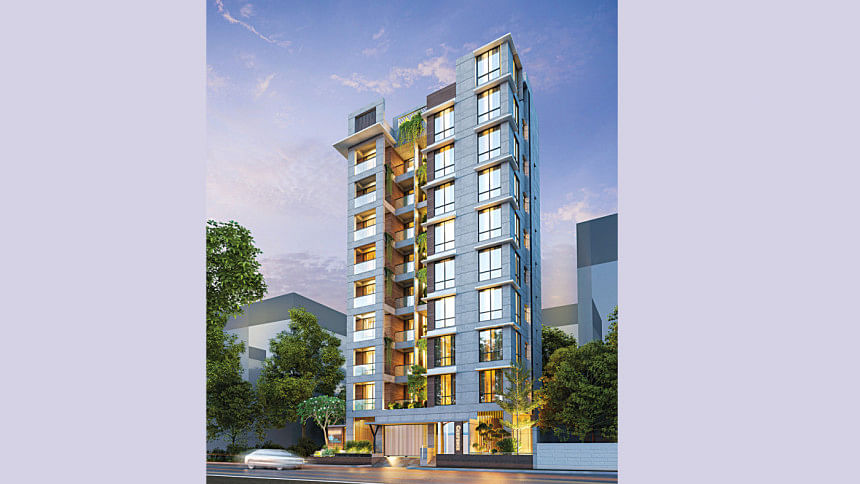
Basila: Dhaka's next big bet, or a cautionary tale?
A decade ago, Basila was mostly farmland and quiet brick fields. Today, it's the site of more than 30 ongoing housing projects—an entire future city, some say, being built from scratch. The promise? Affordable land and new beginnings. The risk? That promise is being lost in chaos.
"There's no question that Bosila is growing," Wahiduzzaman noted. "But it's growing organically—somewhat blindly. You'll find rules in place, but they're not always followed. Developers are trying to copy the Dhanmondi or Gulshan model, but without the infrastructure to support it."
Hasan points out that while plots are being sold and roads are being carved out, there's no clear urban plan. "It's like building a city by stitching together fragments." Without oversight, many of the buildings are cropping up without basic spacing requirements, leaving behind narrow, congested lanes that feel more like Old Dhaka than a planned township.
Tarikuzzaman adds, "Basila has real potential. But right now, it's a mix of formal and informal development. Some developers are following DAP (Detailed Area Plan) guidelines. Others, not so much. There's urgency but no patience—and that's dangerous."
Apartment prices in Basila are still significantly lower—BDT 5,000–6,000 per square foot—but as Mir cautions, "Low price should not mean low standards. If this turns into another pocket of unregulated density, we lose the opportunity to create a livable cityscape."
Basila is Dhaka's big housing gamble. And the odds depend heavily on whether the policies outlined in the DAP can actually be enforced before ad hoc growth takes over.
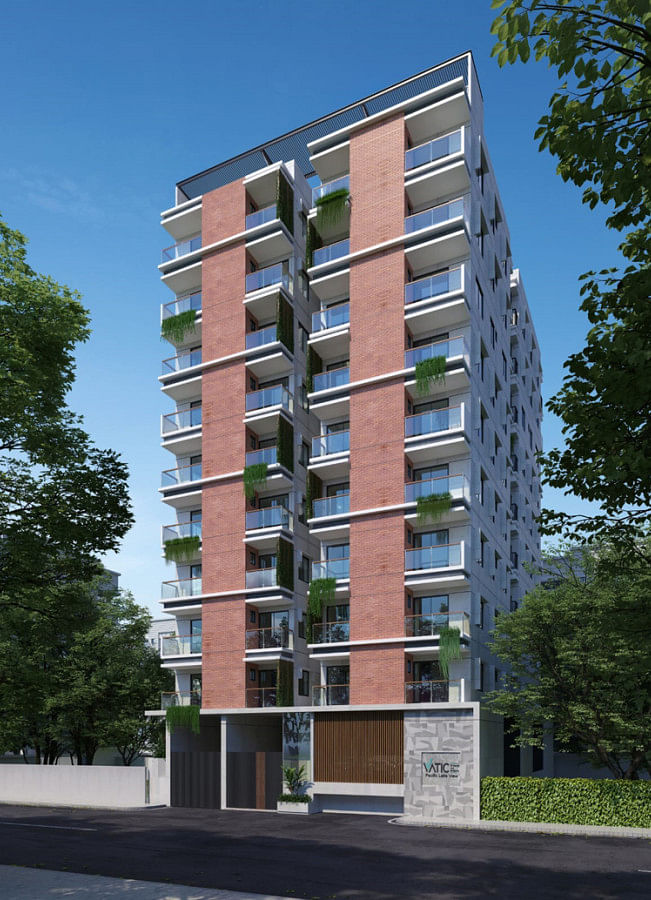
Lalmatia: The elegant survivor in an overdeveloped city
Lalmatia is that rare place in Dhaka where change still happens slowly. Tucked between Mohammadpur and Dhanmondi, this area was built to be residential, with wide streets, low buildings, and a grid layout that still holds.
"There's a reason Lalmatia isn't changing as rapidly," said Hasan. "It's a planned area. You still have professors and artists living there. And you have to approach it carefully, because the community doesn't want it overrun by commercial buildings."
But slow doesn't mean static. High-rises are replacing old bungalows, especially in Blocks D and E. Cafés, salons, co-working spaces, and even mini art galleries have quietly taken root. Still, the area remains relatively resistant to full-blown commercialisation.
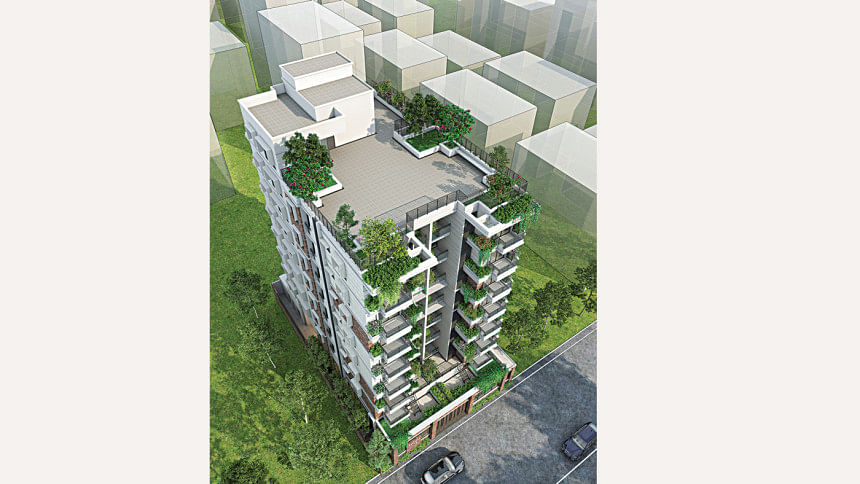
Tarikuzzaman explains this measured evolution. "In Lalmatia, it's more about long-term value than fast returns. Buyers here don't just want square footage. They want peace, security, and quality of life. Developers know this—and that's why the style of development remains subtle, even premium."
Price-wise, Lalmatia is edging close to upscale neighbourhoods. Apartments on Iqbal Road go for BDT 18,000–20,000 per sq ft; Babur Road, slightly less. "People who can afford Gulshan, but want to avoid its traffic or excess, are coming here," Hasan added.
Lalmatia's challenge isn't demand – it's balance. How long can the neighbourhood resist being swallowed by Dhaka's hunger for vertical growth?
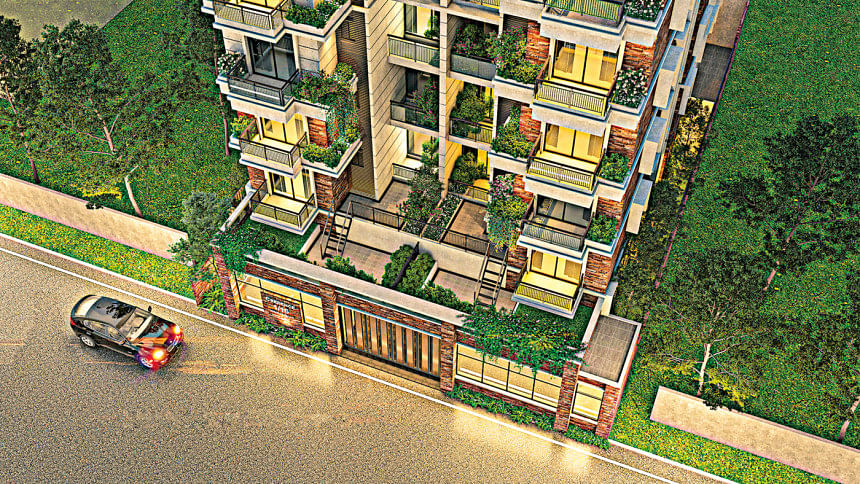
Three neighbourhoods, three dilemmas
The differences between these three areas aren't just about pricing or planning – they reflect three very different models of urban evolution.
Mohammadpur is Dhaka, trying to update itself without losing its soul. It's where you can find schools, mosques, and markets within walking distance, but you may have to navigate traffic chaos and waterlogged alleys to get there.
Basila is a blank slate that risks being written badly. Its affordability is both a strength and a threat, inviting both honest developers and reckless ones. Without intervention, what should be a future hub could soon be a repeat of Dhaka's older planning mistakes.
Lalmatia is a lesson in restraint. It shows what happens when a neighbourhood refuses to be swept away by trends. But it also reveals the pressure of preservation in a city desperate for space.
As Wahiduzzaman put it, "These areas need policies, not just permission. You can't keep passing building plans without thinking about fire exits, community parks, or road width. Otherwise, what you're creating isn't a neighbourhood. It's just walls."
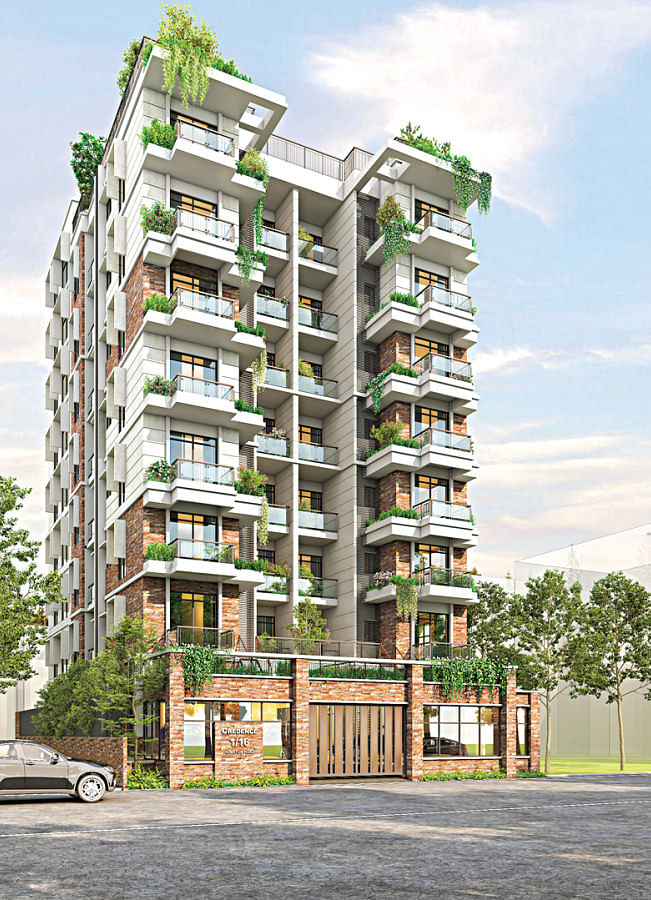
Invest in context, not just concrete
In the end, real estate isn't just about price per square foot—it's about the kind of life that square foot makes possible. Whether you're buying for your family or investing for returns, know this: Mohammadpur, Basila, and Lalmatia are not just locations. They are stories in motion – each with a different pace, different character, and different outcome.
Buy wisely. Or at the very least, buy with your eyes open.
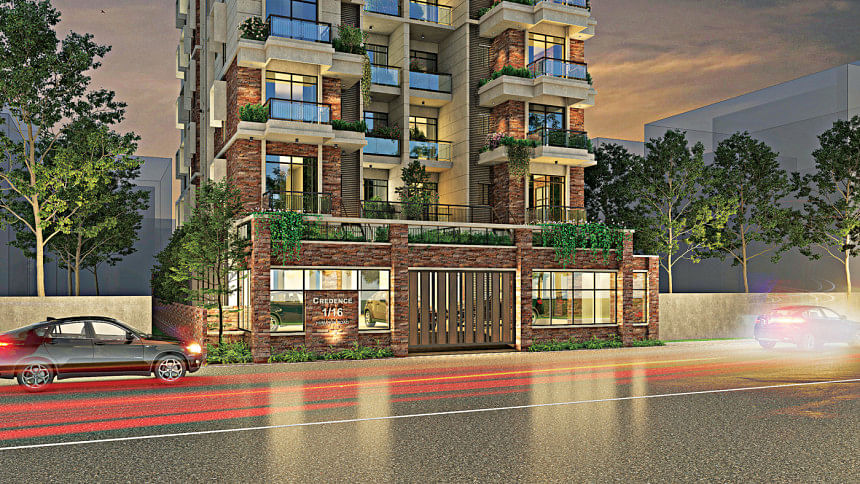

 For all latest news, follow The Daily Star's Google News channel.
For all latest news, follow The Daily Star's Google News channel. 


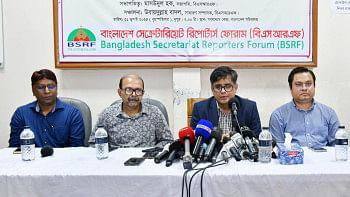
Comments